There’s nothing like having that bounce in your curls.
The spring and snap-back combo that you love to see in your curls is called elasticity, which allows your hair to stretch before snapping back into its original shape. Being familiar with your hair elasticity is a major key; this will help ensure that you’re able to style your curls safely without the fear of breakage.
Fortunately, you’ll be able to figure that out in no time with the Elasticity Test.
The Elasticity Test helps you discover and, more importantly, understand your hair’s elasticity. It’s super simple to conduct a test for yourself:
- Wet your hair thoroughly and separate your hair into four sections.
- Pick out a few different strands from one section of your hair.
- Gently stretch out those selected strands straight out.
- You’ll check for the following: if it’s unable to stretch, it breaks; or if it’s able to stretch, and snaps back to original form when released.
- Repeat steps 2-3 for the rest of your sections.
- Once completed, take note of what you observed to use for the Elasticity Guide.
The Elasticity Guide will guide you to determine your hair’s elasticity. The guide has three levels to categorize your hair in:
- High Level: You’re able to stretch your curls at (or above) 50% of its resting length. Once you release the hair, it easily curls back up.
- Low Level: While attempting to stretch the hair, it really doesn’t allow for a stretch. Or, after stretching, it doesn’t curl back up.
- Normal: Your hair stretches a little and your hair curls back up once released.
Let’s say you’ve done the Elasticity Test and you’ve used the Elasticity Guide as your reference. You may be thinking, “Hey...I am lacking that special spring.” Or, you could also realize, “You know, breakage has been more present than usual.” If these thoughts have been popping up, it’s possible that you’re needing some restoration.
Don’t worry, Curlfriend. Anything that you’ve lost, you can replace it ten times over with CurlMix’s guidance!
If you consider your hair to be low-elasticity, here are a few ways to restore elasticity in your natural hair:
Use Steam

Steam works by using water vapor at a warm temperature to deeply penetrate your hair strands.
Use a steamer while applying your Deep Conditioning Treatment for a really hydrating experience!
Apply a Serum
Hair serums contain oils, many of which have the ability to penetrate the hair shaft. A few of our favorite oils are Jojoba Oil and Argan Oil: Jojoba strengthens hair fibers right from the inside, and Argan Oil helps repair, soften, and restore dry, brittle hair. Check out our blog on hot oil treatments to learn how to include these powerful oils to your restorative regimen.
Add Water

You already know we were going to say it: water is the ultimate life(hair)saver.
Hydrated hair is healthy hair, and healthy hair has elasticity. Whenever your hair is soaking wet, it becomes much more elastic. Use a Spray Mister Bottle to provide moisture whenever your hair needs a quick boost of hydration.

While restoring your elasticity is definitely possible, it always helps to first try to avoid running into that particular kink. The most effective way to ensure your curls remain elastic is to practice preventative care with your natural hair. Do your best to avoid chemical treatments and direct-heated tools (such as flat or curling irons). Also, be sure to protect your hair at night using a satin pillowcase or satin bonnet.

Remember: the best hair care practice you can give yourself is the practice of patience and consistency. All knots and tangles can get smoothed over if you take your time!
We hope this has helped you grasp a better understanding of your hair’s elasticity. Let us know what you think in the comments!
Written by: Sasha


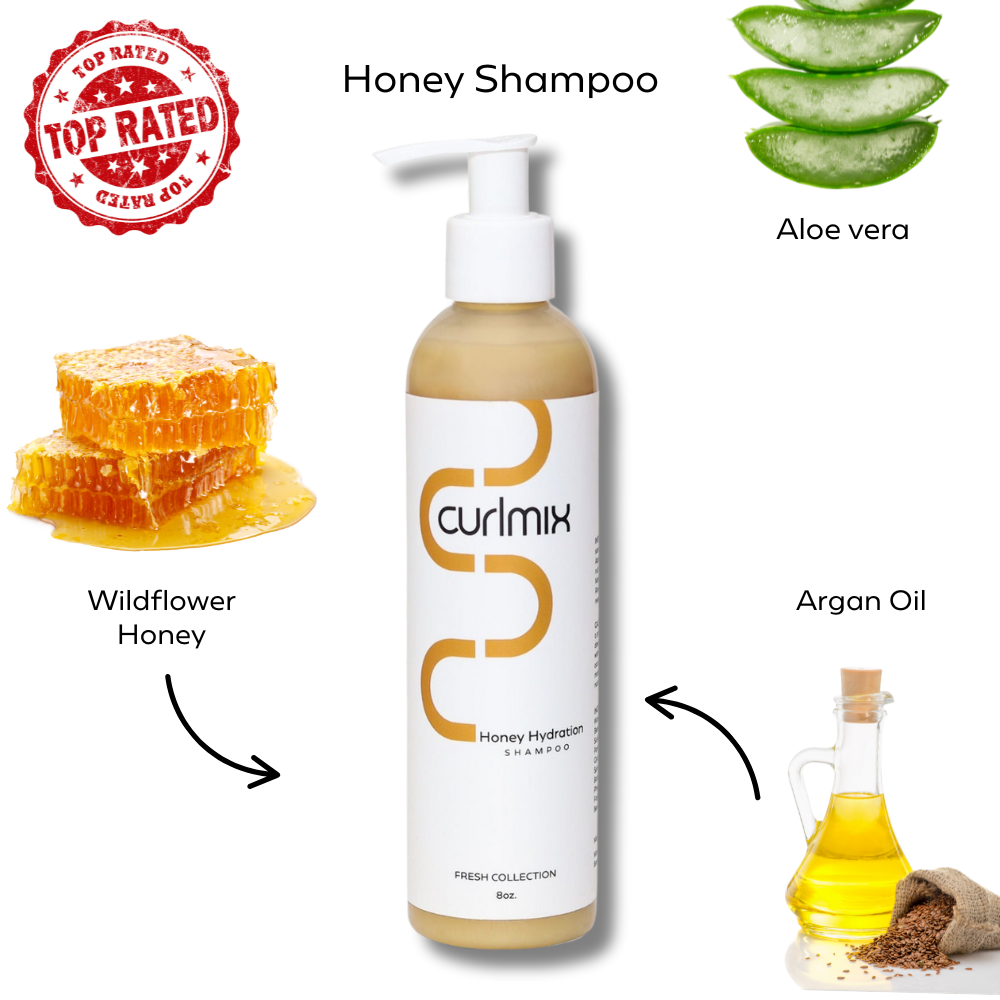
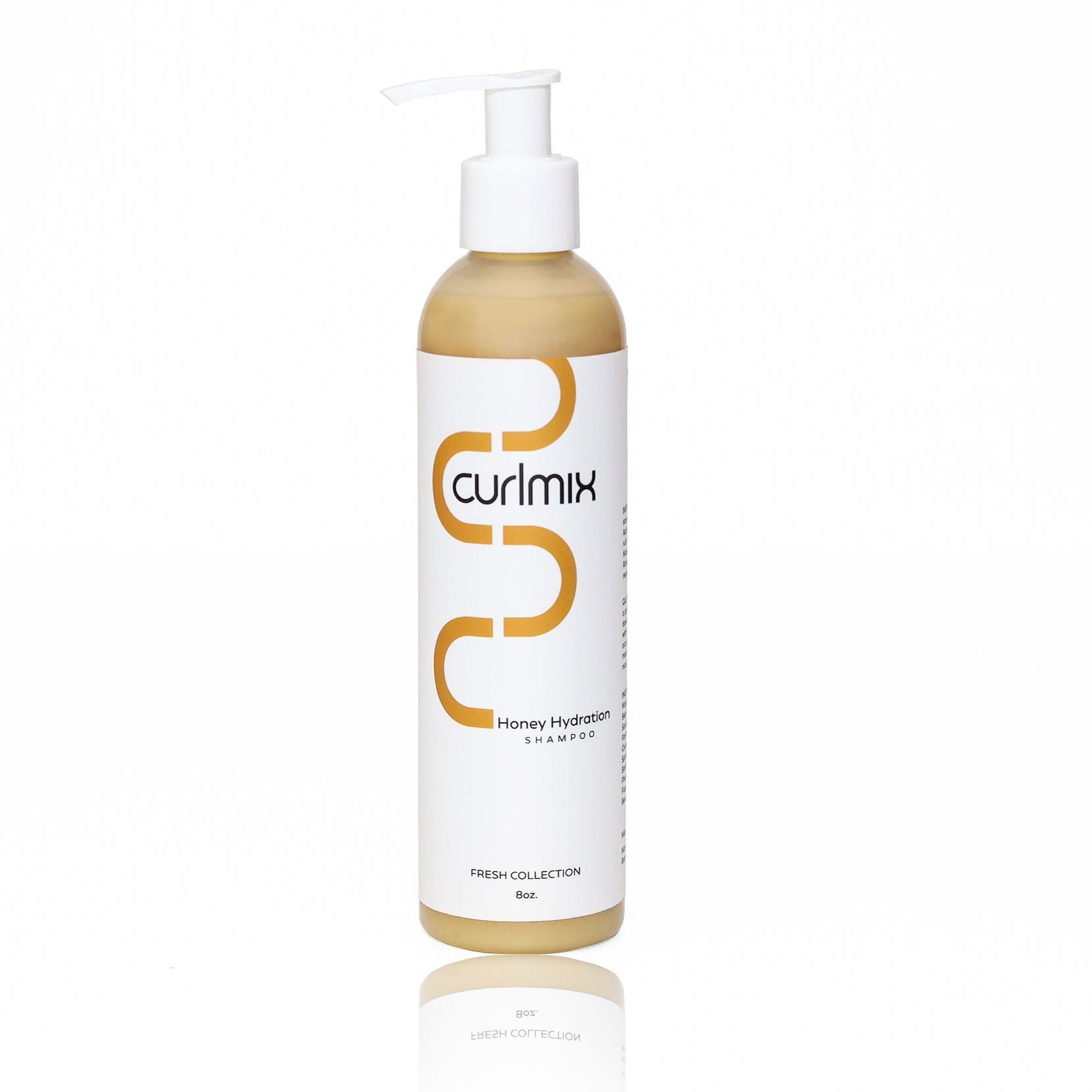
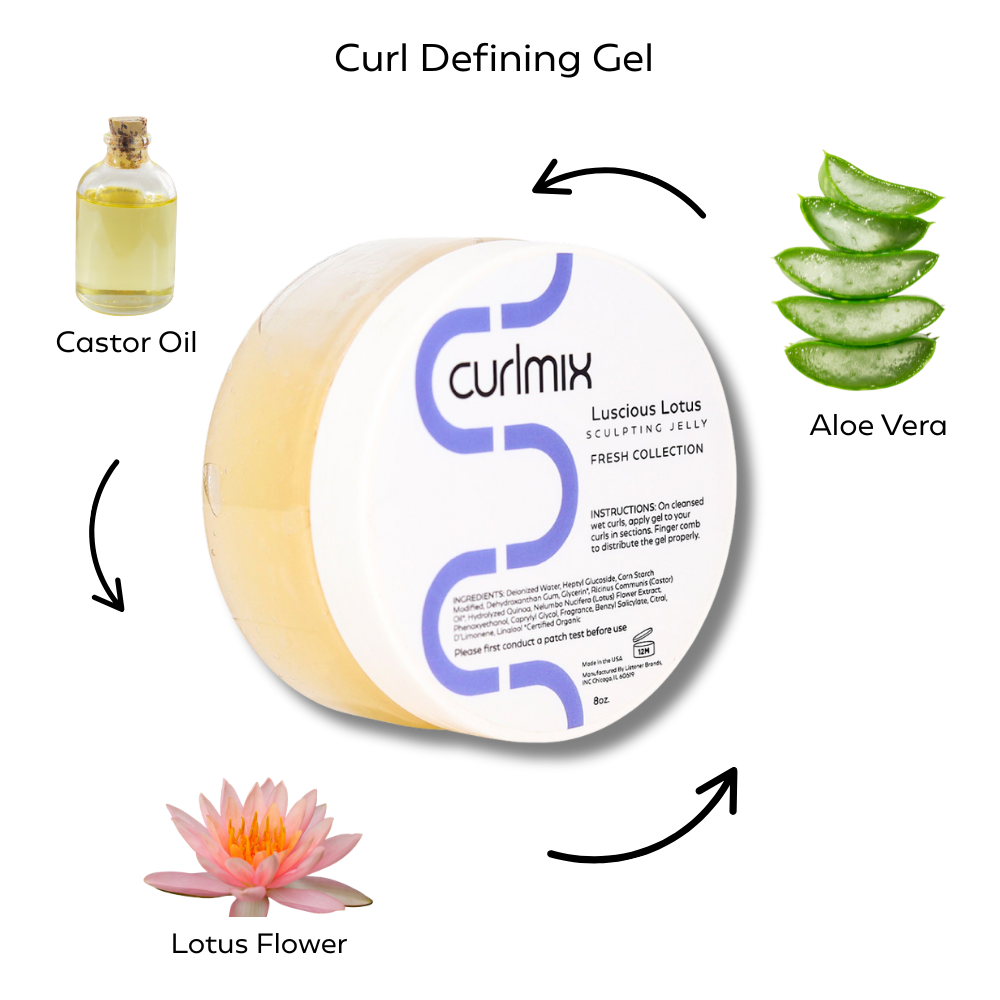



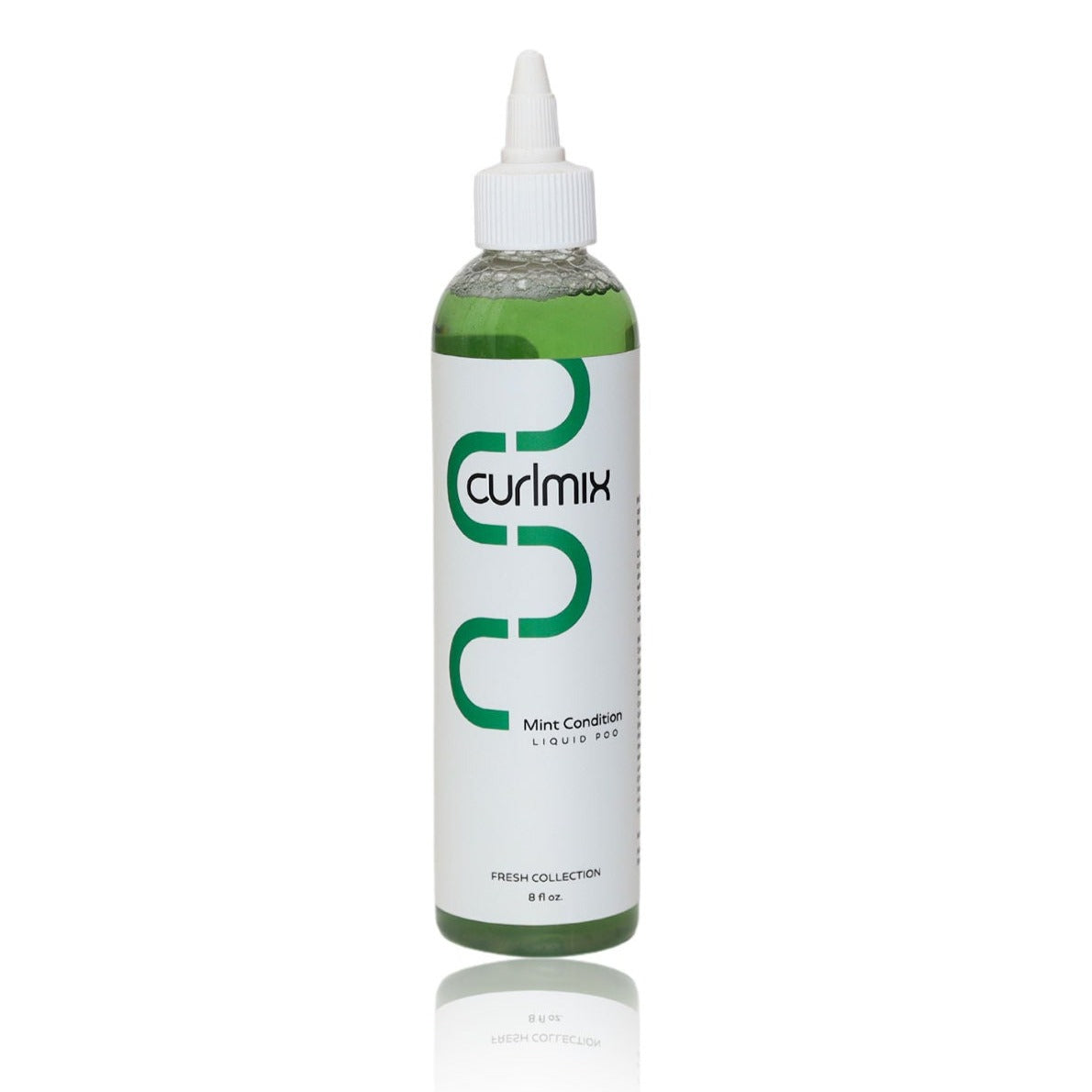
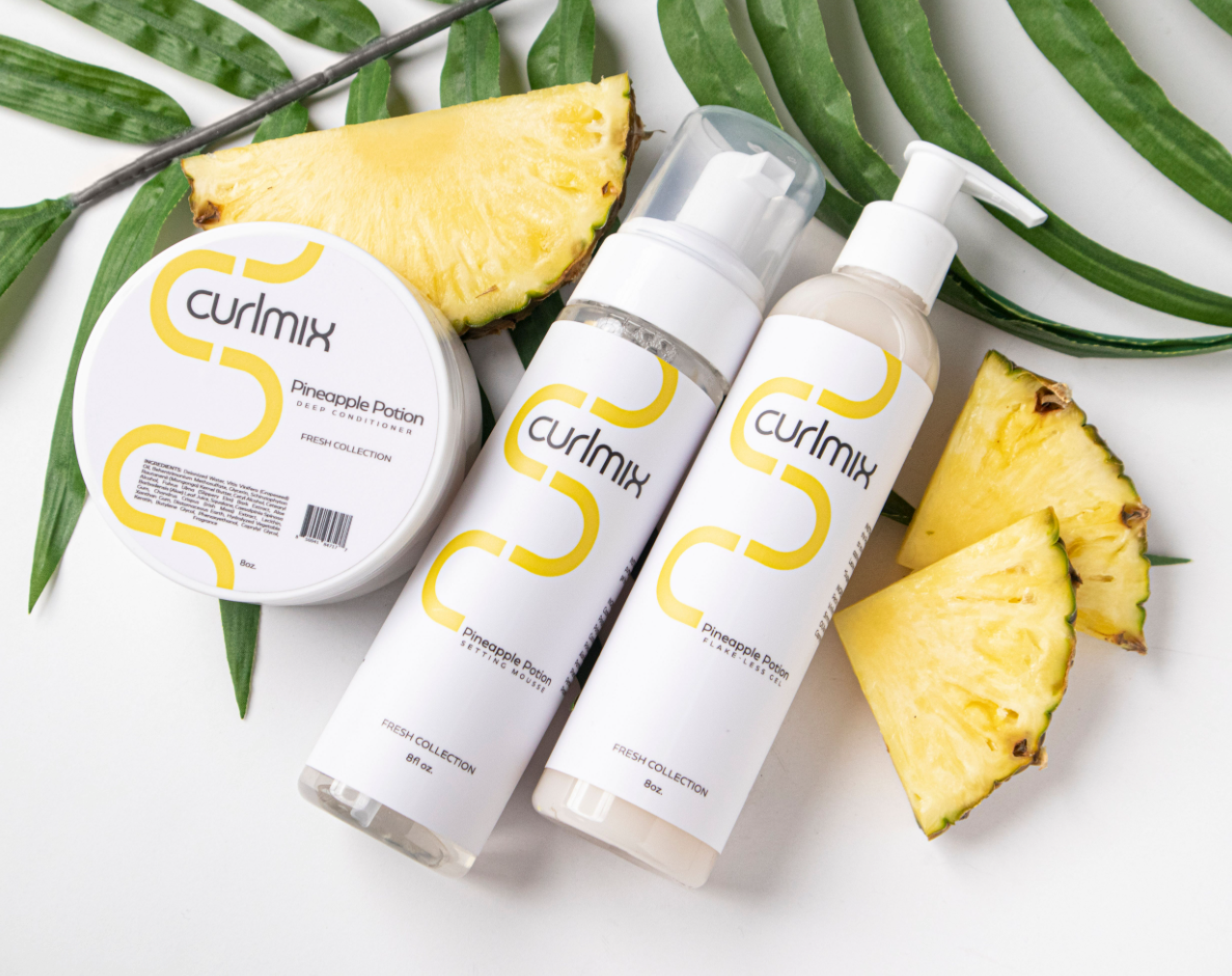
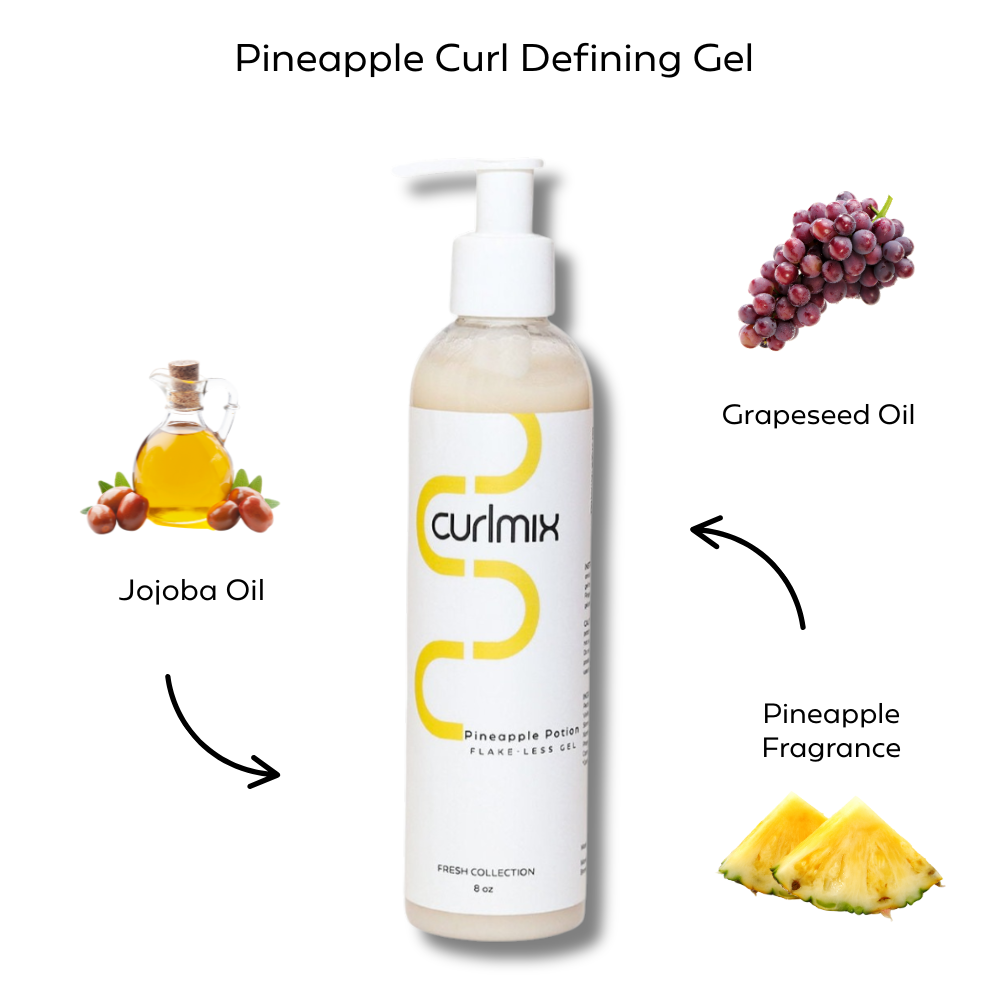
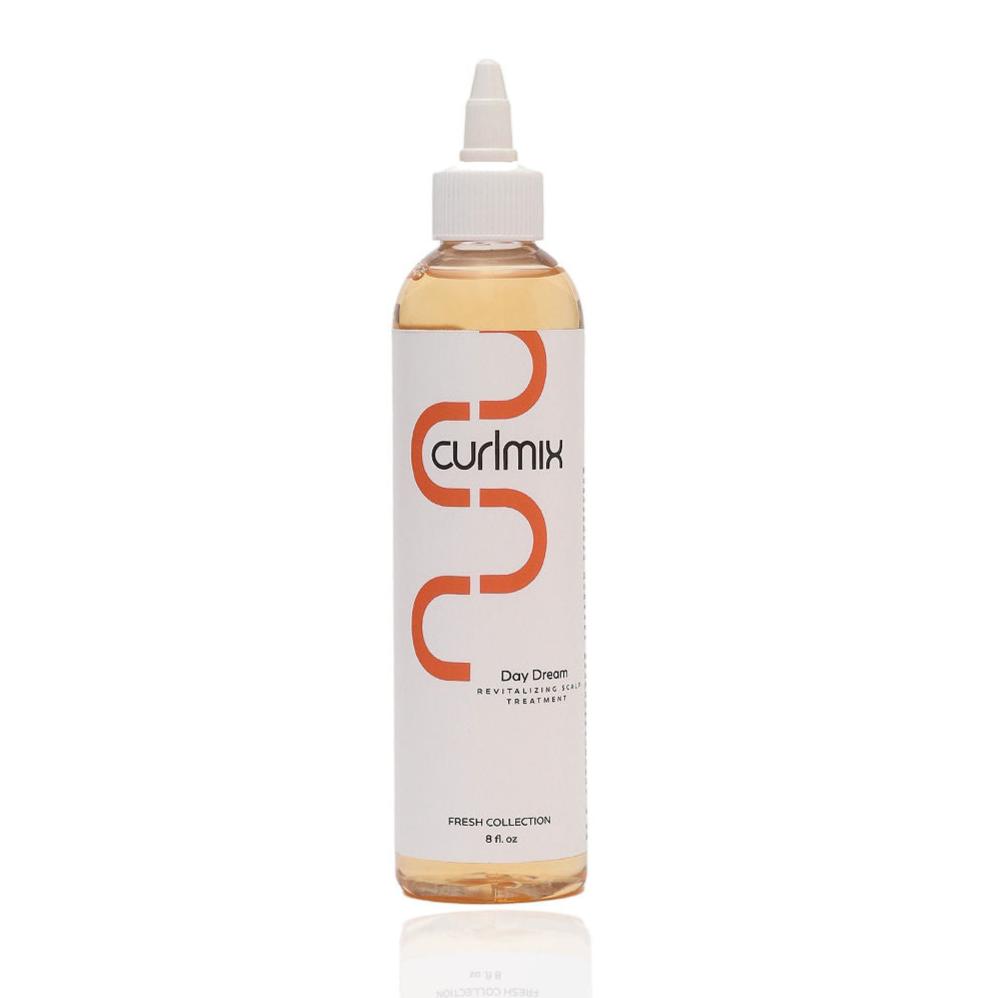
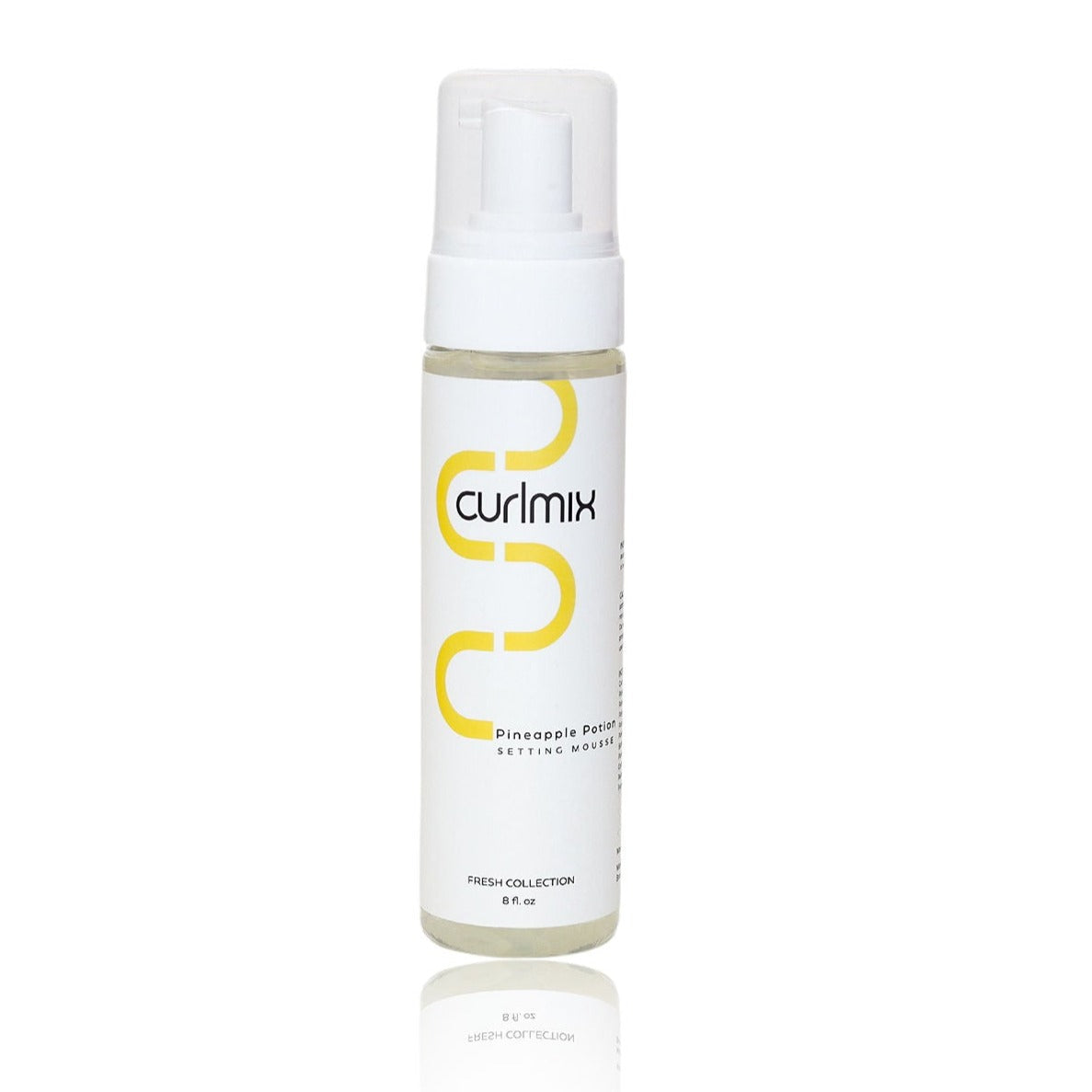
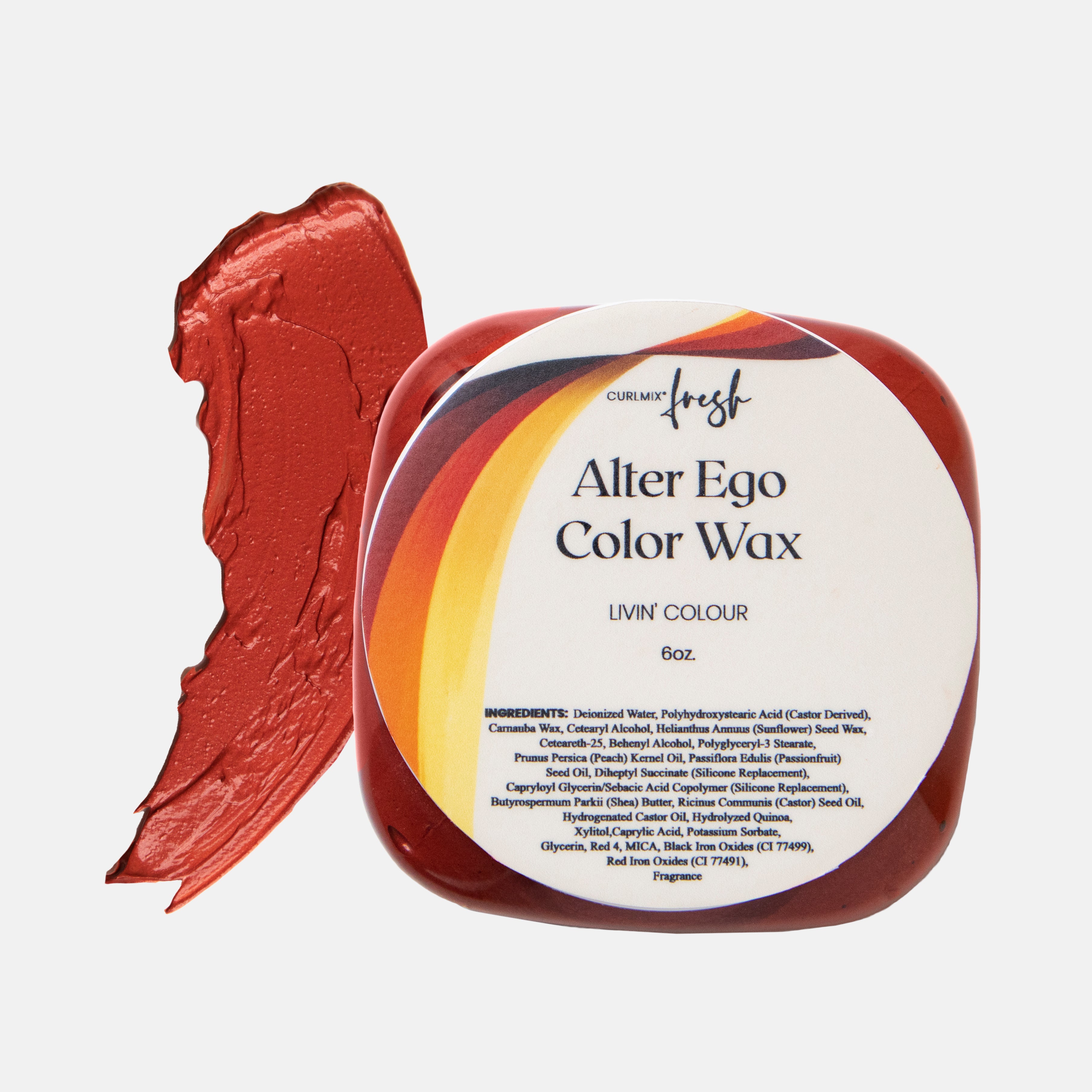
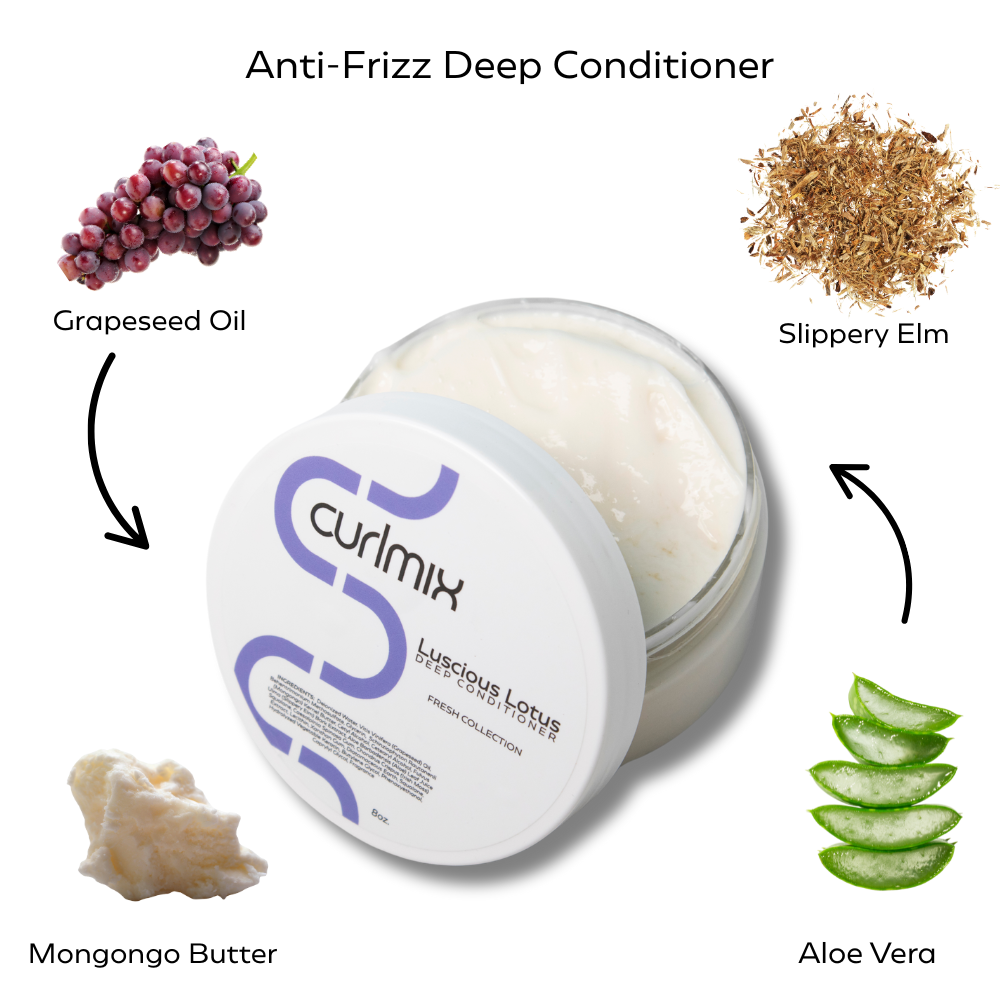
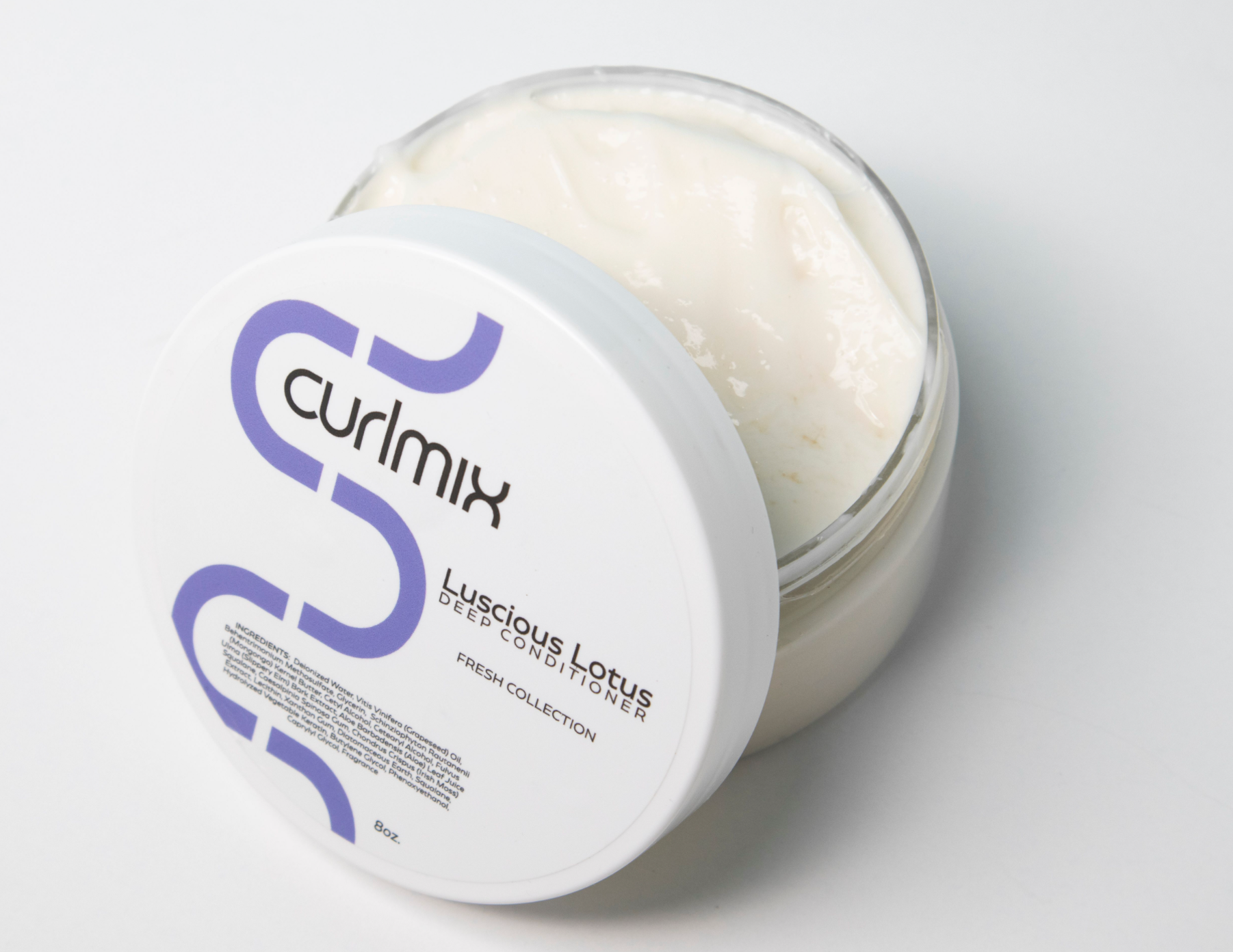
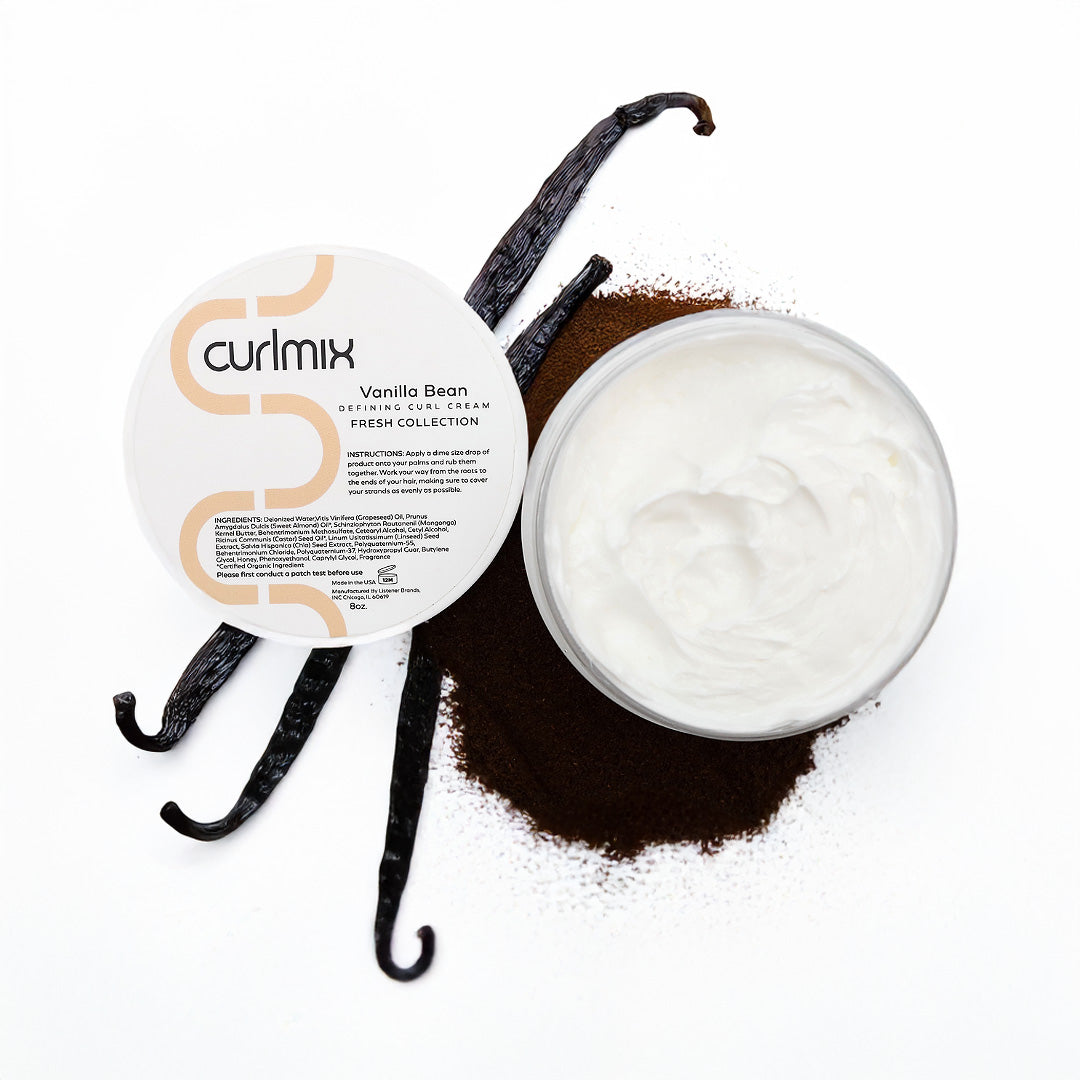

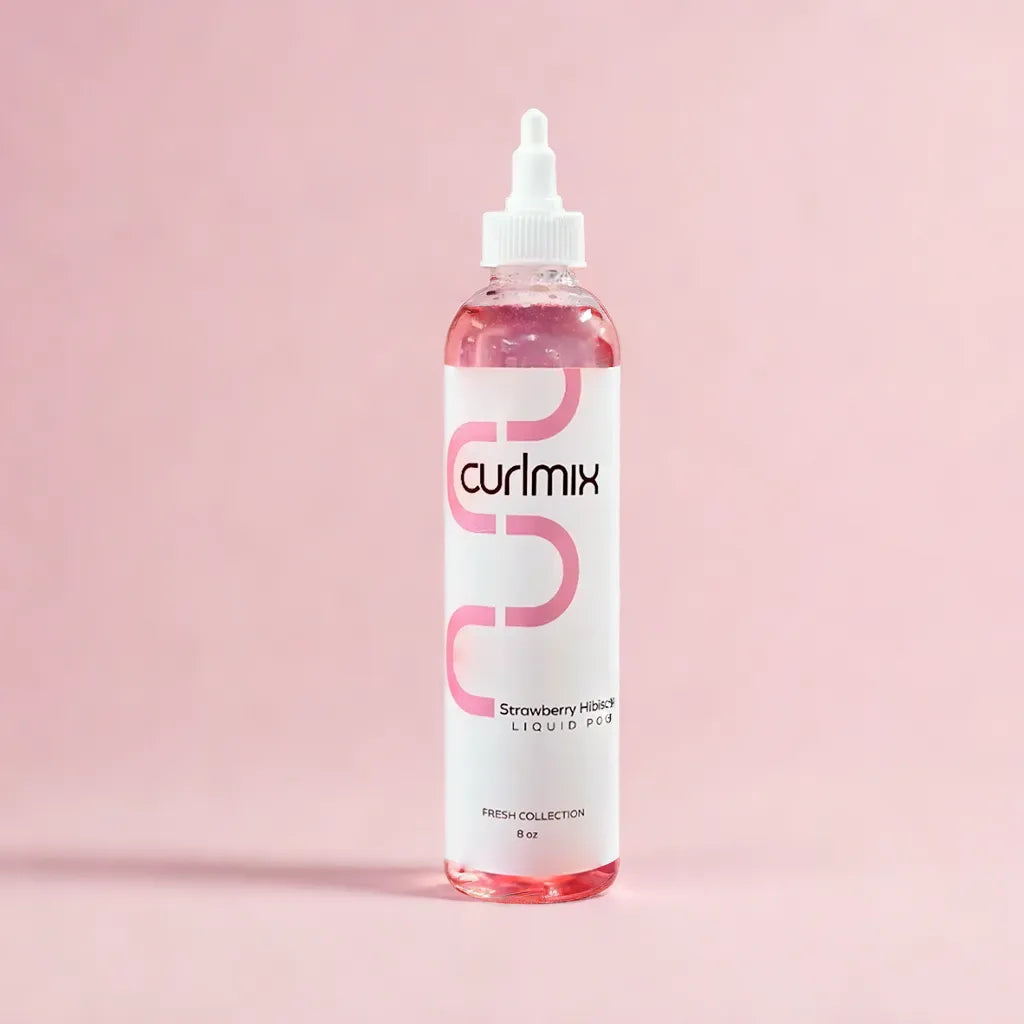

6 comments
Leave a comment